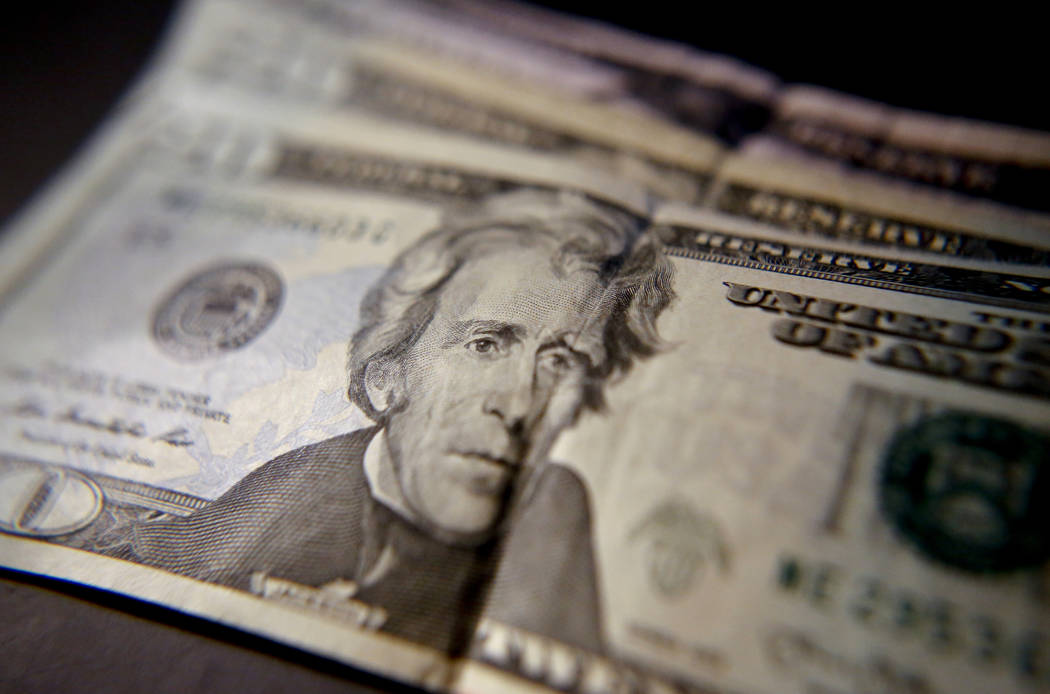Share of uninsured Americans — 8.5% — rises for 1st time in a decade

WASHINGTON — The proportion of Americans without health insurance edged up in 2018 — the first evidence from the government that coverage gains under President Barack Obama’s health care law might be eroding under President Donald Trump.
The Census Bureau also said in an annual report Tuesday that household income rose last year at its slowest pace in four years and finally matched a previous peak set in 1999. Median household income increased 0.9% in 2018 to an inflation-adjusted $63,179, from $62,626 in 2017.
The data suggest that the economic expansion, now the longest on record at more than 10 years, is still struggling to provide widespread benefits to the U.S. population. Solid gains in household incomes over the past four years have returned the median only to where it was two decades ago. And despite strong growth last year in the number of Americans working full time and year-round, the number of people with private health insurance remained flat.
Poverty rate falls
One bright spot in the report was that the poverty rate fell for a fourth straight year to 11.8%, its lowest point since 2001. The proportion of households led by women that were poor fell to a record low.
“While any reduction in poverty or increase in income is a step in the right direction, most families have just barely made up the ground lost over the past decade,” said Elise Gould, senior economist at the liberal Economic Policy Institute.
Though income inequality narrowed last year, it remains near record levels reached in 2017. Last year, the richest 5% of the U.S. population captured 23% of household income.
Still, steady hiring and an unemployment rate at 3.7%, near a five-decade low, have helped raise earnings for lower-paid workers employed by restaurants, warehouses, shipping centers and other sectors of the economy. This trend has contributed to a decline in poverty.
8.5% have no medical coverage
On health insurance, the Census report found an estimated 27.5 million people, 8.5% of the population, without coverage in 2018. That was an increase of 1.9 million uninsured people, or 0.5 percentage point.
More people were covered by Medicare, reflecting the aging of the baby boomers. But Medicaid coverage declined. The number of uninsured children also rose, and there were more uninsured adults ages 35-64.
Though the increase in the number of uninsured Americans was modest, it could be a turning point, the first real sign that coverage gains under Obama could be at least partly reversed. This year, the number of uninsured could rise again. That’s because a previous Republican-led Congress repealed fines under the Affordable Care Act that had been intended to nudge people to sign up for coverage.
Plays into presidential politics
The Census report is sure to play into 2020 presidential politics. Health care is the leading issue for Democrats, with proposals including Sen. Bernie Sanders’ call for a government-run system to cover everyone and former Vice President Joe Biden’s idea for expanding Obama’s law and adding a government plan open to virtually anyone.
Democrats are laying the blame Trump, long accusing his administration of deliberately undermining Obama’s health care law. House Speaker Nancy Pelosi on Tuesday blamed Trump’s “cruel health care sabotage” for the rising number of uninsured people. In a statement, the California Democrat said Trump’s ongoing efforts to erode Obama’s law have forced Americans to “live in constant fear of an accident or injury that could spell financial ruin for their families.”
Trump spent most of his first year in office unsuccessfully trying to get a Republican Congress to repeal the Affordable Care Act. He is now asking a federal appeals court to overturn it as unconstitutional. The president also slashed the program’s sign-up season ad budget and scaled back funding to help people navigate the enrollment process. Trump also removed a subsidy for insurers, thereby triggering a jump in premiums.
ACA enrollment steady
Yet ACA enrollment has held fairly steady, with about 20 million people covered by its mix of subsidized private plans and a Medicaid expansion for low-income individuals. The Census report found that Medicaid coverage declined by 0.7 percent from 2017.
The Trump administration has also rolled out some regulatory changes of its own intended to expand coverage. These include “association health plans” for small businesses, short-term plans for individuals and new options for employers to help finance workers’ coverage. These changes are fairly recent, though, and it’s unclear what impact they might eventually have.
Nevada saw a 30 percent drop in the number of uninsured residents between 2009 and 2017 as a result of federal health care reform, but the latest data show its uninsured rate at the end of that period was still the sixth highest in the nation.
Nearly 398,000 people lack coverage in the Silver State.